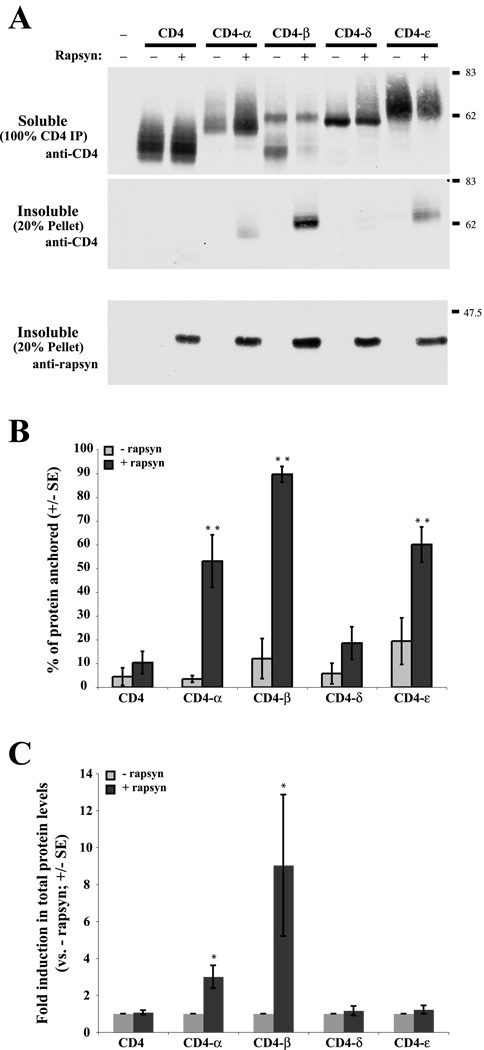Figure 3. Rapsyn cytoskeletally anchors CD4-α, -β and -ε loops.
(A) CD4- subunit loops were expressed in COS cells alone or together with rapsyn. The transfected cells were then extracted in 1% Triton-containing buffer, and the distribution of the CD4-loop chimeras in the soluble and insoluble fractions was determined by immunoblotting with anti-CD4 antibody. Note that the immunoblots show 100% of the CD4 immunoprecipitation (soluble fraction) but only 20% of the pellet (insoluble fraction). Expressed alone, CD4 and all the CD4-loops were readily extracted and recovered in the soluble fraction. When co-expressed with rapsyn, however, a significant amount of CD4-β loop, and to a lesser extent CD4-α and -ε loops, were retained in the insoluble, cytoskeletal fraction. The pellet fraction was also immunoblotted for rapsyn, showing that equal levels were present in each of the transfections. (B) Quantification of the percentage of each CD4-loop protein retained in the insoluble fraction. Rapsyn-induced anchoring was highest for CD4-β loop (~90%) followed by CD4-α and -ε loops (50–60%) (α,β,ε > CD4, ** p < 0.001; and β > α,ε; p < 0.05; ANOVA with Tukey post-test; n=5 independent experiments). In contrast, the extractability of CD4 and CD-δ were not significantly affected by rapsyn. (C) Quantification of total protein levels, showing that rapsyn induced three- and nine-fold increases in CD4-α and -β loop protein levels, respectively (* p<0.05, Student’s t-test; n=5 independent experiments). Total levels of CD4, CD4-δ loop or CD4-ε loop were not significantly altered by rapsyn co-expression.

